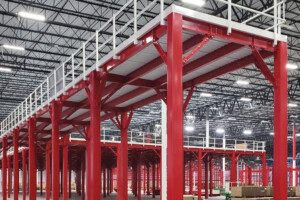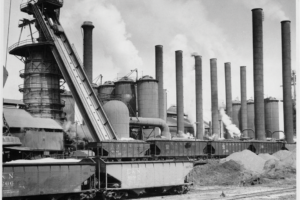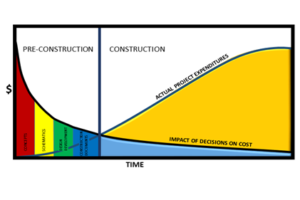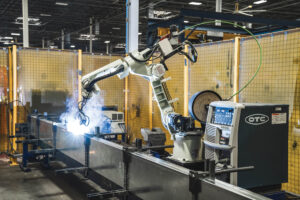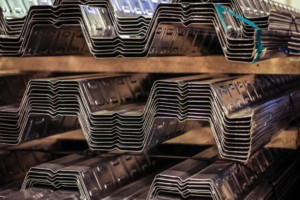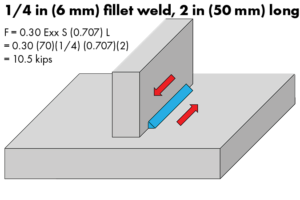This article provides an overview of the reorganization of Chapter 22 on steel in the 2024 International Building Code (IBC) and a discussion of new sections for metal building systems, industrial boltless steel shelving, industrial steel work platforms; and stairs, ladders, and guarding serving steel storage racks and industrial steel work platforms. Only a portion of the chapter’s total number of code changes is discussed in this article.
…Review Category : Articles
The story of the Sloss Furnace Company is more than a story about a historic manufacturing plant. Like most structures, the iron-producing furnaces were built to generate income for the owners by filling a product need produced at a competitive price that utilized locally available raw materials and human capital.
…Over the last two decades, the practice of delegating the design of structural steel connections and structural steel stairs to an engineer retained by the steel fabricator has grown more and more popular. As such, the execution of these projects has seen many different methods to get to a final design and fabricated steel. This article is intended to provide some history into delegated design, a review of the documents that define standard practice, and some strategies and best practices for specifying delegated design.
…The term “transition building” was coined by post-transition historians. It derives from builders of that period utilizing steel to create greater building heights and floor spans. The word “skyscraper” had its origin in either New York or Chicago, but who holds bragging rights for the oldest skyscraper?
…Traditional construction methods such as stick-framing cold-formed steel (CFS) walls have been in use for a long time. Stick framing involves wastage of material and requires skilled field labor, slower build time, and scheduling around favorable weather. With advancements in technology, we are now witnessing the early stages of innovation in the architecture, engineering, and construction (A/E/C) industry using automation.
…LCAs, EPDs, GWP … many engineers attempt to dive into the world of sustainability and find themselves swimming in a sea of acronyms. While a designer might wish—or need—to incorporate sustainability into projects, the lack of concise background information can leave someone new to sustainability feeling quite intimidated. Rest assured that integrating carbon reduction into designs can be as simple as adding a couple of columns to an existing design spreadsheet.
…Dr. Nehemiah J. Mabry, P.E., is an engineer, educator, and CEO based in Raleigh, North Carolina. With advanced degrees in Mathematics and Civil/Structural Engineering, his career spans roles as a NASA Researcher, Bridge Design Engineer, and Professor. Dr. Mabry is also the CEO and Founder of STEMedia, an edtech and digital media company for young professionals in the Science, Technology, Engineering, and Math (STEM) community. He can be reached at nehemiah@stemedia.com.
…Many welds are evenly loaded: the applied loads are uniformly transferred through the throat and length of the welds. Such welds are easily designed and routinely perform as expected. Other welds, however, are unevenly loaded. One end of the length of the weld may be more severely loaded than the other, or the loading along the weld throat may be non-uniform. The design of these welded connections is more complicated.
…My partner sighed as I asserted I was adding yet another thing to my already overflowing plate, then calmly responded that sentiment was exactly why I always felt stressed and unfulfilled. While walking down the buffet of life, it’s easy to say “yes” to revamping the company detail library, committing to a fitness routine, or planning the neighborhood Halloween party. After all, there’s value in doing each of these things. However, taking on too much means that, even if we’re constantly doing something, we’re never actually accomplishing anything.
…Technology is the driving force behind innovation in today’s evolving architecture, engineering, and construction industry, and securing top talent is crucial in the talent drought. To stay ahead in this competitive market, engineering firms must explore innovative approaches to talent acquisition and retention, like cultivating strong employer brands that resonate with prospective candidates and investing in professional development to meet industry demands.
…
